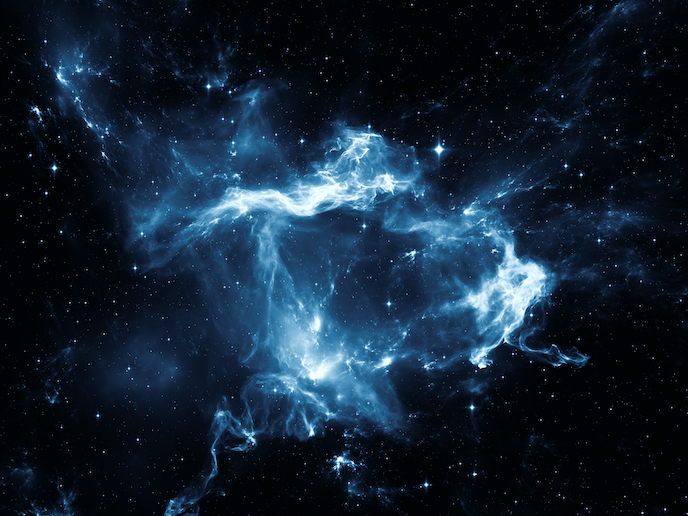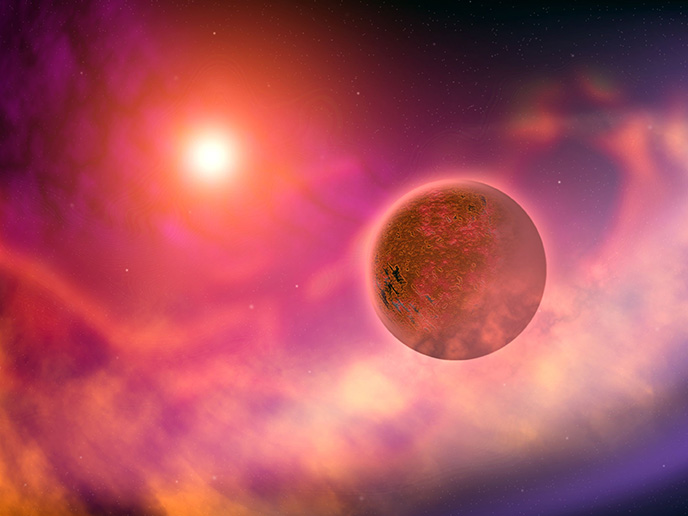The Milky Way is draped in the hearts of extinct galaxies
The halo of the Milky Way is studded with clumps of stars known as globular clusters. Typically containing hundreds of thousands of stars packed into a tight sphere, over 150 have been detected around the Milky Way, and many more seen around neighbouring galaxies. The EU-funded Global-assembly project sought to elucidate more about these astronomical bodies. Although one of the simplest structures in the universe, little is known about their origin. “All the stars inside these stellar systems were thought to have been born at the same time in the early universe,” explains Global-assembly project researcher Anna Fabiola Marino. “We’ve now discovered that’s not entirely true.”
Metallic stars
Marino’s research focused on one phenomenon of globular clusters, the existence of multiple populations of distinct stars within the constellation. While some of these stellar populations are made up of primordial material – thought to have emerged in the early universe – others are rich in elements like helium, nitrogen and sodium, suggesting that these stars appeared and developed later. “This metallic variation is considered a feature of galaxies, which have much more mass than globular clusters,” notes Marino, who carried out the work at the University of Padua in Italy. To investigate the globular clusters, Marino created ‘chromosome maps’, 2D charts of stellar luminescence, based on data from the Hubble telescope. These graphs combine a star’s intensity in the UV and optical blue range on one axis with intensity in the UV to infrared range on the other. Arranging spectra for a sample of stars from a globular cluster in this way reveals the metallic characteristics of the different populations of stars. “Our spectroscopic analysis provided a key to read the map, with each population identified by its chemical profile,” adds Marino. “We can then apply that to all populations in the globular cluster, linking photometric and spectroscopic data.”
Galactic hearts
As a result, Marino found that many clusters have a similar metallic profile to galaxies, hinting that they could be the remains of much larger stellar aggregations. “A few of them could be galaxies themselves – remnants of former galaxies that have been captured by the Milky Way,” she says. Her work was supported by the Marie Skłodowska-Curie Actions programme. “The grant provided funds for research, but also the opportunity to collaborate with complementary research,” she adds. “Because of this I was able to obtain significant results.” Marino has since secured a permanent position at Italy’s National Institute for Astrophysics in Florence. “I think the fellowship helped me a lot to get the right results to be competitive and have a chance to get this position,” she notes. She plans to continue her research into the origin of globular clusters in the Milky Way, in particular with the aid of the forthcoming James Webb telescope, set to be launched in late 2021: “It’s crucial for our understanding of stellar formation, and has wider implications for many things in astrophysics.”
Keywords
Global-assembly, globular cluster, luminescence, stars, Milky Way, halo, helium, universe, chromosome map







